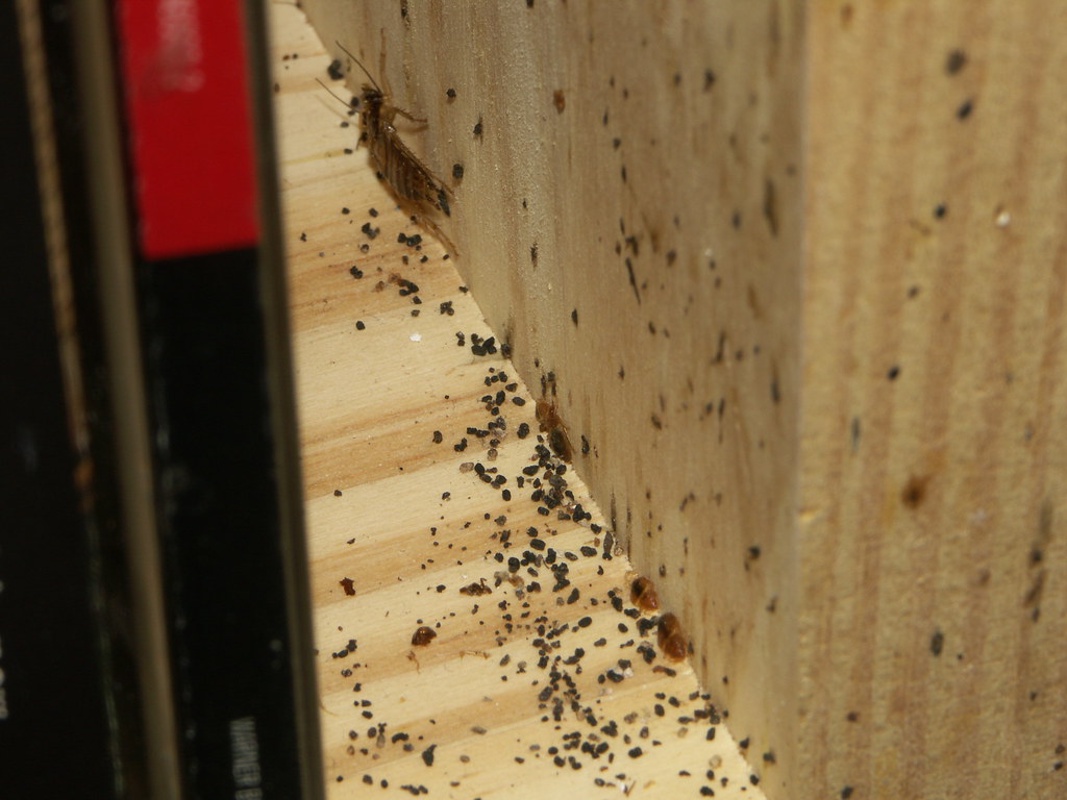Pests and pesticides

Pests and pesticides can both have health effects. Household pests like mice, rats, and cockroaches can trigger asthma, while bed bugs are a well-known nuisance. Meanwhile, warmer winters may mean more vector-borne diseases like babesiosis and west nile virus.
Pesticides are chemicals used to control or kill insects, rats, mice, plants and weeds, or fungi (mold). Exposure to pesticides can occur from consuming foods or beverages that contain pesticide residues, from direct contact with the skin or eyes, or from breathing air in areas where pesticides are applied. Health effects from exposure to pesticides vary by chemical class. In general, short-term effects on humans from high levels of exposure include damage to the skin and eyes, difficulty breathing, neurological tremors or seizure and, in extreme cases, loss of consciousness and death. Current research is investigating whether chronic exposure to certain pesticides increases risk of some cancers, reproductive and developmental problems and neurodegenerative diseases such as Parkinson’s disease.
Rats in your neighborhood
Rat inspections for each property, and neighborhood-level rat data.
Rat Mitigation Zones
Rats can contaminate food, spread disease and reduce our quality of life. Rat Mitigation Zones (RMZ) are areas with high levels of rat activity, where City agencies focus …
Rat Mitigation Zone Report: January 2024 to June 2024
Biannual rat mitigation strategy report with inspection, summons, and abatement data by Rat Mitigation Zone.

